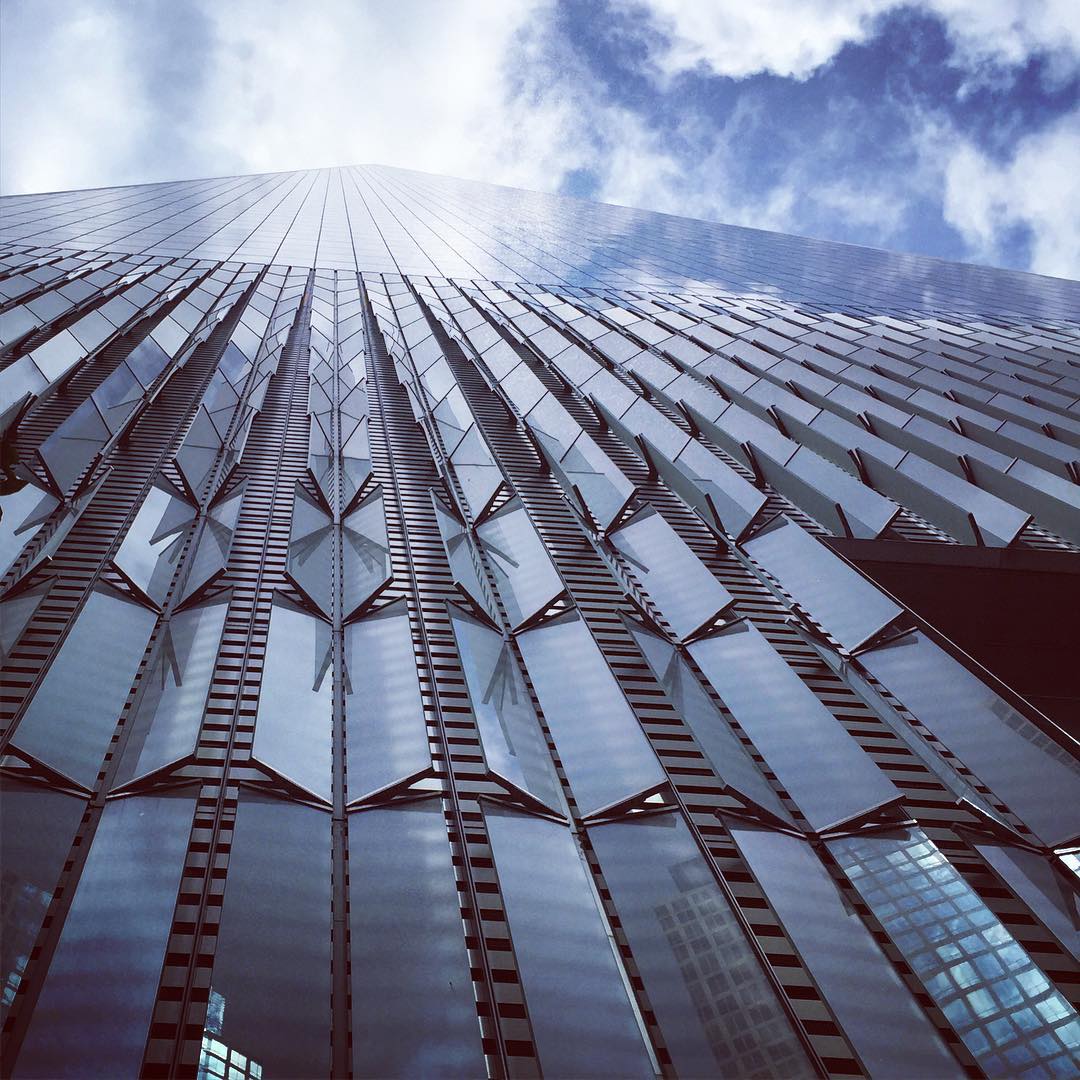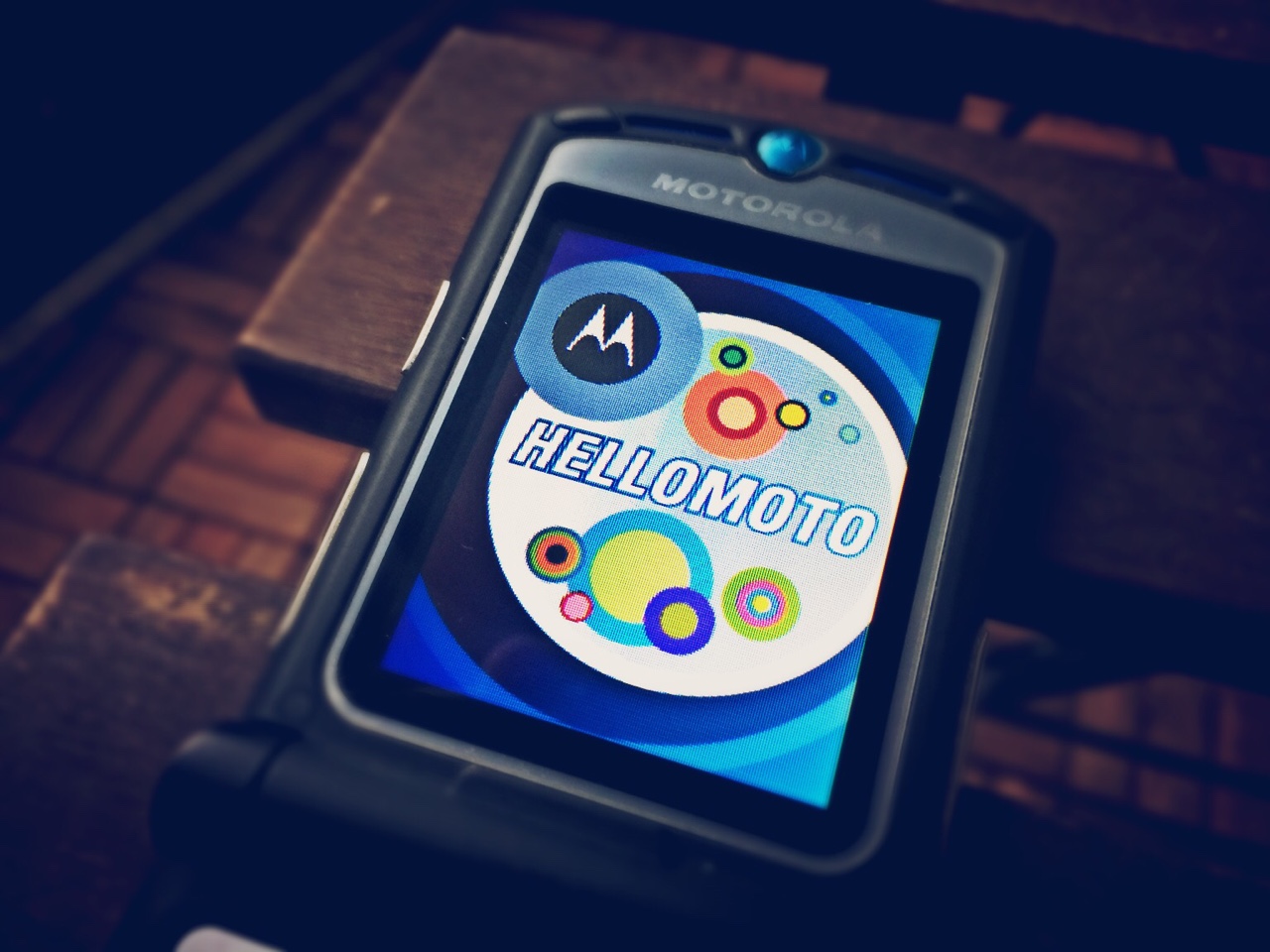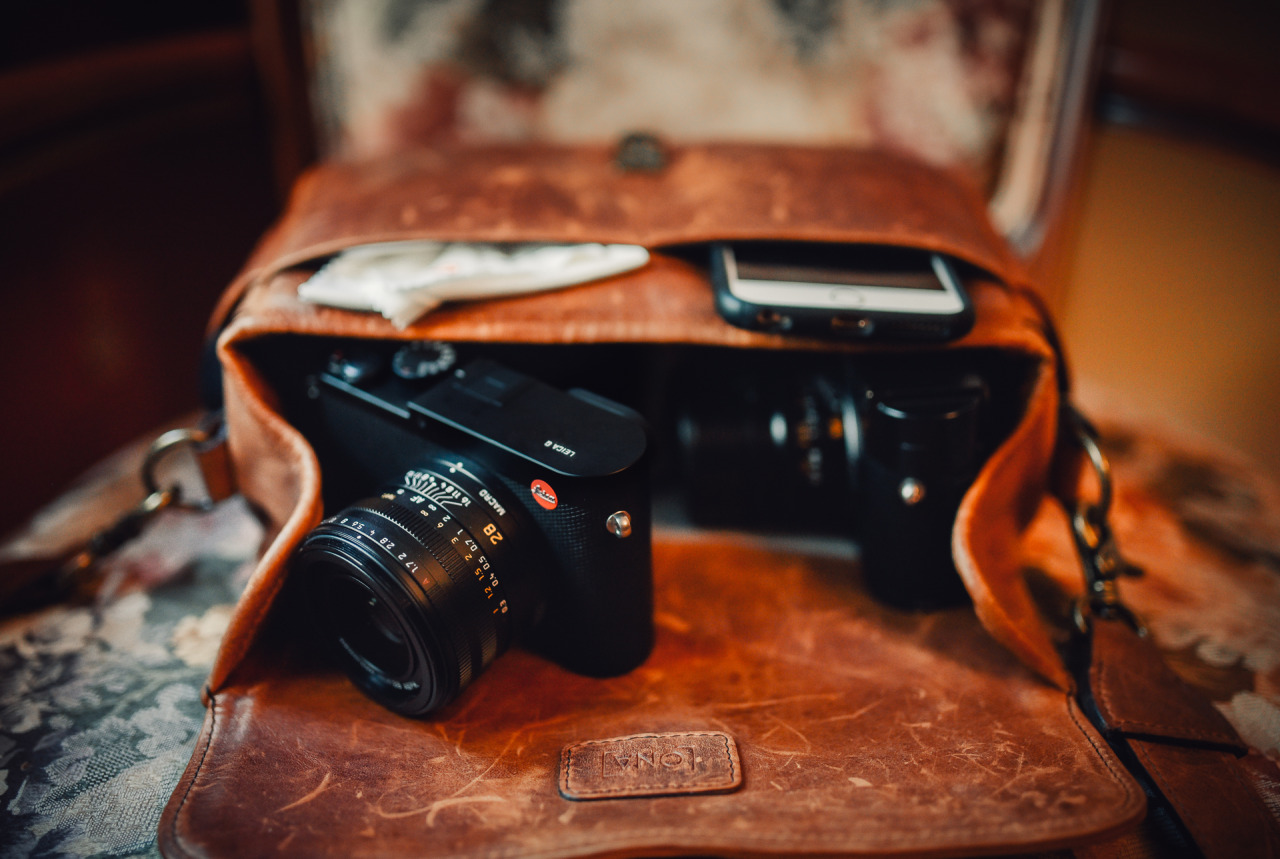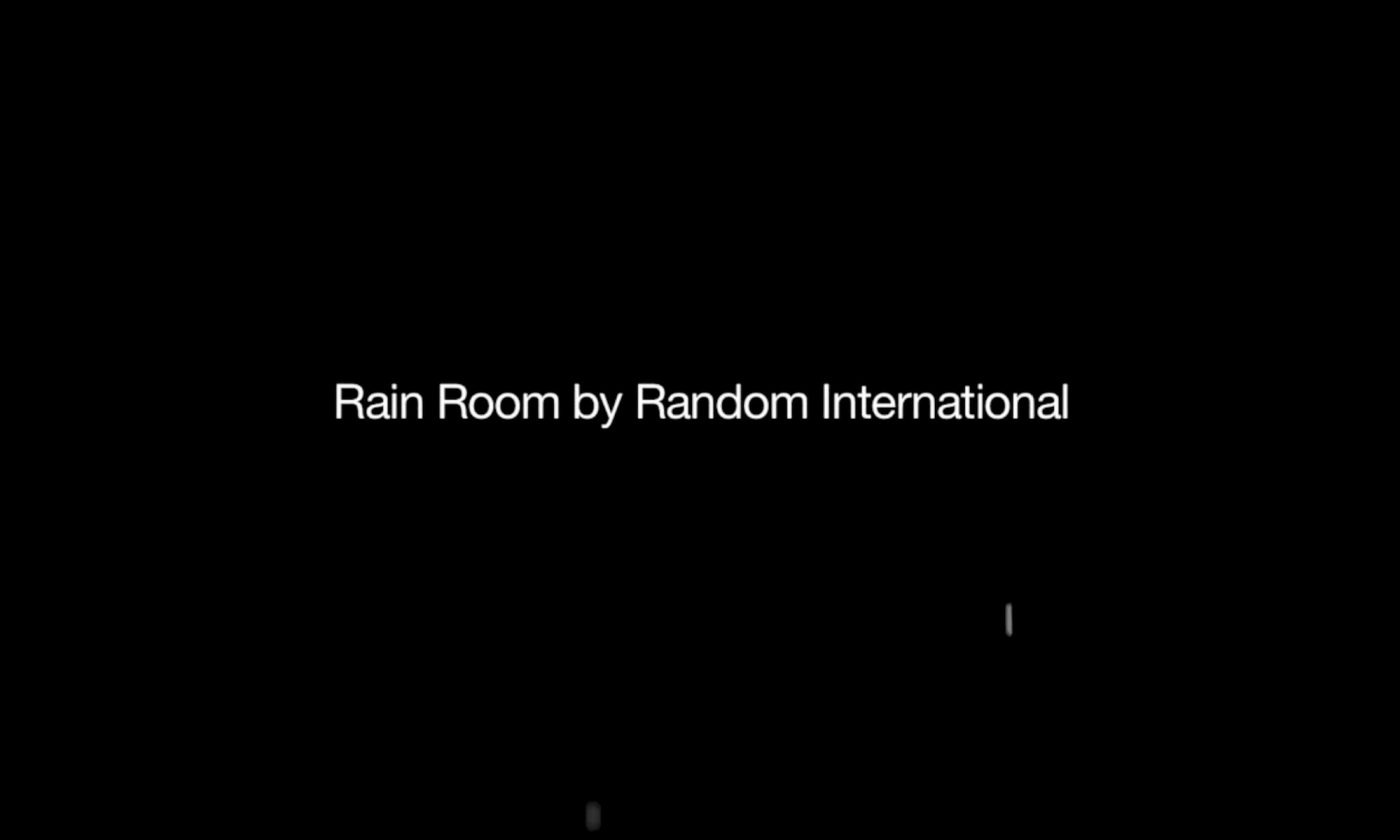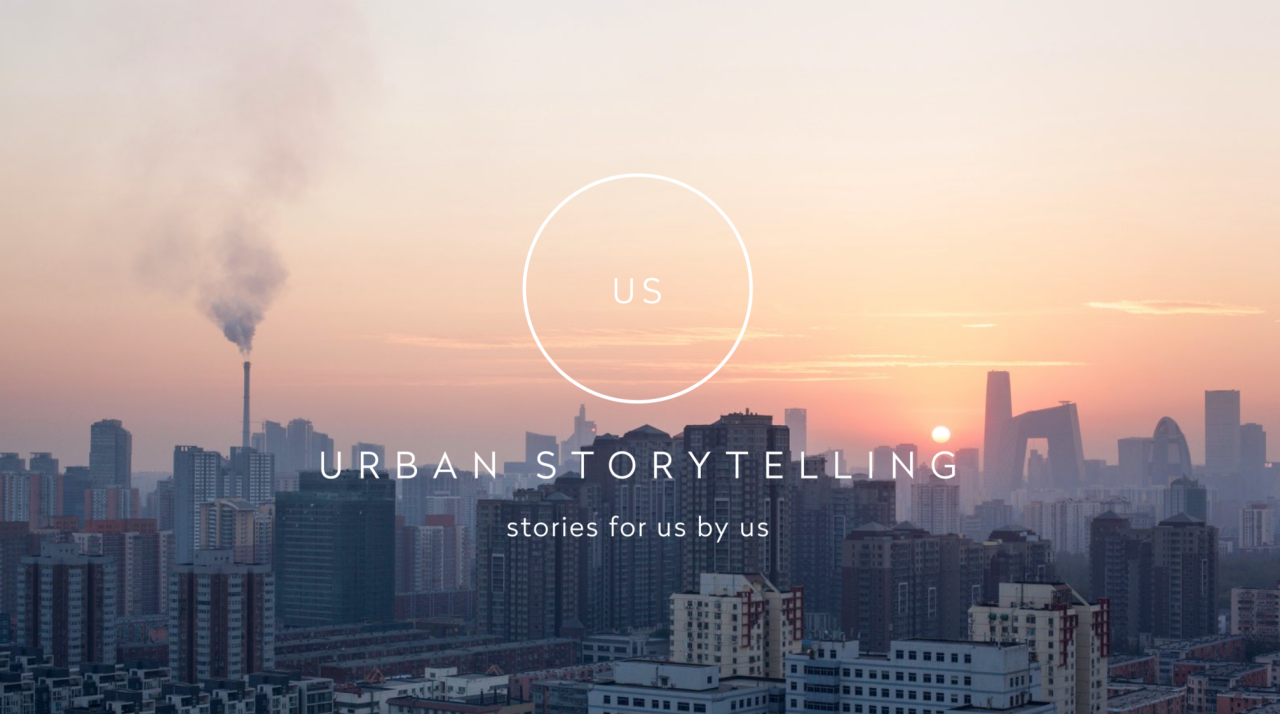Journal
Thoughts from my daily life
Journal
I post notes about imaginaries, music, photography, technology, my travels & everything else that comes to my mind. Posts are not necessarily connected to my work.
During my latest trip to New York, I went up to the One World Observatory at One World Trade Center. While waiting in line, I looked up and took this shot with my iPhone. Among an amazing view to start the day, I enjoyed a few other of my favourite perks walking around town.

A Visual Introduction to Machine Learning is an awesome animated introduction to Machine Learning created by r2d3.us as a scrolling page with animated data visualisations.
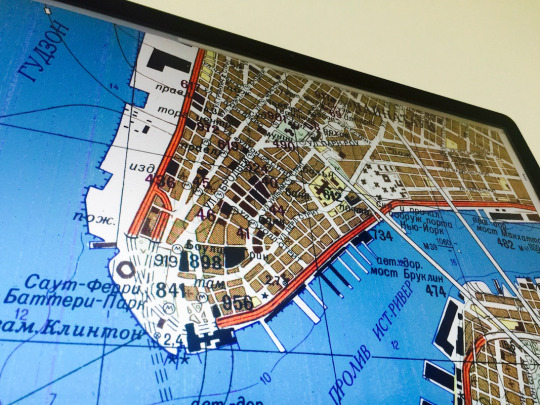
Inside the Secret World of Russia’s Cold War Mapmakers
“The maps were part of one of the most ambitious cartographic enterprises ever undertaken. During the Cold War, the Soviet military mapped the entire world, parts of it down to the level of individual buildings. The Soviet maps of US and European cities have details that aren’t on domestic maps made around the same time, things like the precise width of roads, the load-bearing capacity of bridges, and the types of factories.”
Source: “Inside the Secret World of Russia’s Cold War Mapmakers” – wired.com
A nice story about Russell Guy’s acquisition of soviet maps in 1989, John Davie’s attempts to piece together how they were made and some other interesting tales… Also, a book by John Davies & Alexander J Kent about Soviet military mapping will be published in 2016. So, if you are interested, get on the waiting list.
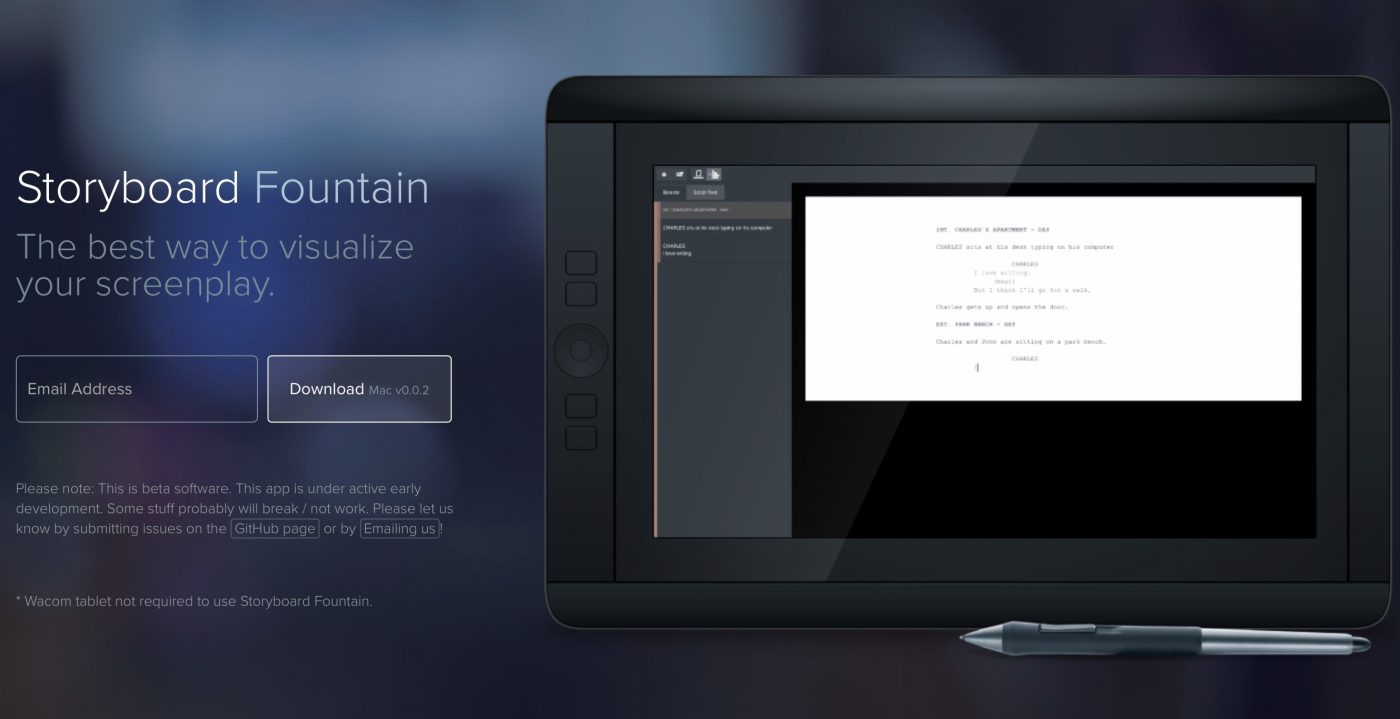
The best way to visualize your screenplay. – Storyboard Fountain is an open source tool for your Mac to visualise screenplays. You can write a script and quickly visualise your scenes to test if they work. Charles Forman, who created the tool, was inspired through his perspective as a software developer in the game industry. In his view, the standard approach to creating a movie seems not very collaborative. So he created Storyboard Fountain to enable iterative development of movie concepts.
“Storyboard Fountain works with a Fountain screenplay file. Open it, and the entire script is displayed on the left of the file. Action, dialogue, and parenthetical lines are shown as elements, so you can create boards for every filmable line in the movie. In fact, you can have as many boards as you want per line, or even choose not to have a board, if it’s not necessary. As you draw, each drawing tool you use is saved on its own layer. The images are saved in a folder next to your Fountain file on your hard drive. The reference to each board is saved in location in the Fountain file itself. As a result, you can use the Fountain editor of your choice to edit your script while maintaining the integrity of the location of the storyboards.”
Source: Drawing a Story – setpixel.com
The created screenplay file can be exported to editing software such as Apple Final Cut or Adobe Premiere including scene timing and any audio recording you created during the development of the scenes, e.g. for story pitches. For a more detailed look into his approach, check out his article “Drawing a story”. I consider it to be very interesting and am wondering wether there is much room for innovation within the movie business and the way feature films may be produced.
My new phone: Motorola Razr V3i. The battery is good for many days but I don’t get how I could have used it’s UI for years without going crazy. And I clearly remember it being one of the better ones. Well anyway, … it will do just fine whenever I want to be less smart on the go.
THE NEW LEICA Q – THE UNVEILING OF LEICA INNOVATION by JAY CASSARIO The Leica Q is the newest compact camera manufactured by Leica in Wetzlar, Germany. It comes with a fixed Summilux 1.4/28mm lens, a full frame 24mp sensor and a built-in electronic viewfinder. I just tried it for a few minutes at the local Leica store in Hamburg, but as far as I can tell, it’s awesome. I really like the feel and build quality of the camera. I […]
I went to a book reading event during the Altonale Festival at the Stilwerk in Hamburg where Friedrich Liechtenstein was reading from his book “Super: Mein Leben”. The long standing experimental artist, comedian and musician reached mass audience popularity with an advertising campaign by EDEKA called “Supergeil” in 2014. A year later, EDEKA produced a second ad with Friedrich Liechtenstein called “Mann zieht blank” which was significantly less successful, but still quite entertaining. It has been removed from the official […]
The artists of rAndom International created a pretty impressive “rain room” at London’s Barbican arts center in 2012, incorporating 3d tracking cameras and a water management system to keep any visitor dry while walking through the rain. “Rain Room is a hundred square metre field of falling water through which it is possible to walk, trusting that a path can be navigated, without being drenched in the process. As you progress through the space the sound of water and a suggestion […]
urban-storytelling: Urban Storytelling – stories for us by us I am working on topics surrounding urban storytelling in a research group. Any insights and actual research cases will be posted on urban-storytelling.com in the future.

